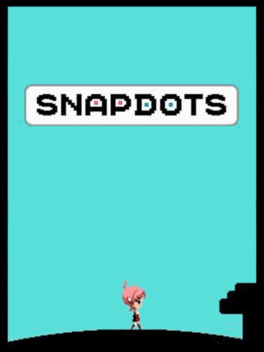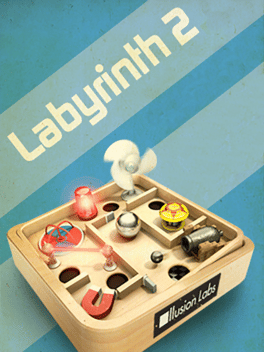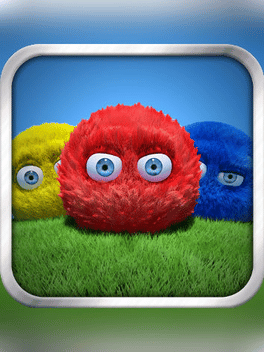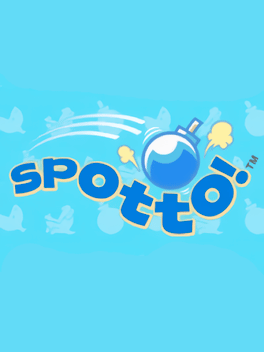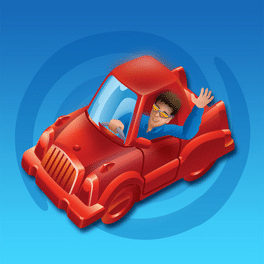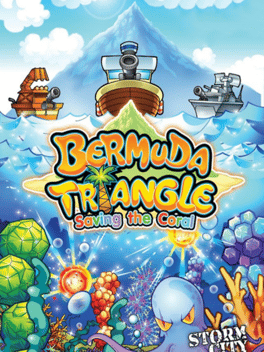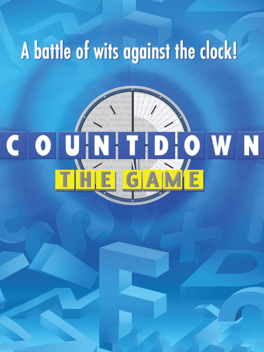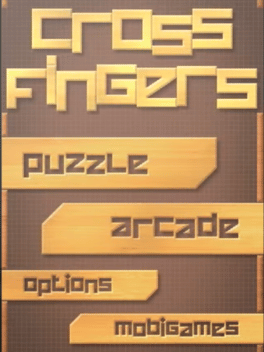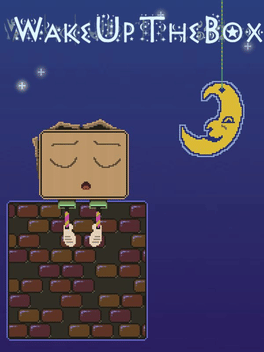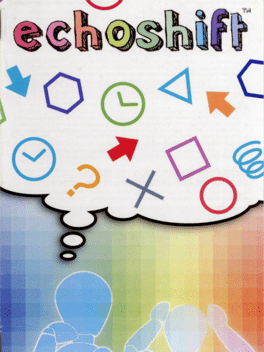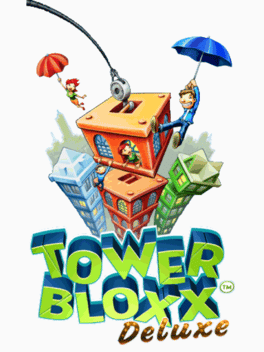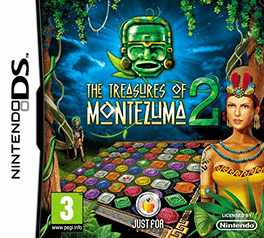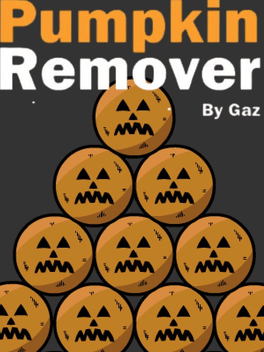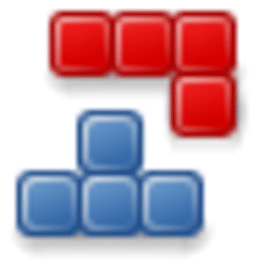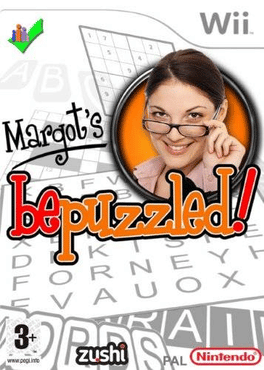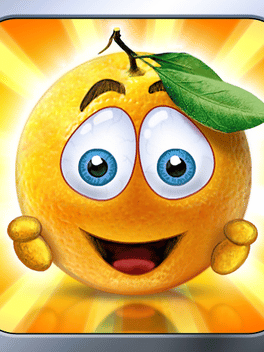New Puzzle Games - Page 211
-
Snapdots
2009
-
Labyrinth 2
2009
Labyrinth 2
2009
The creators of the original iPhone Labyrinth game bring you Labyrinth 2 - the groundbreaking game taken to the next level. -
Fling!
2009
Fling!
2009
The latest puzzle-sensation from the makers of Fuzzle has finally arrived after over one year in development! Featuring 10,000s of unique puzzles, such that no two puzzles you encounter are ever the same, and split into 30 levels of increasing difficulty, Fling guarantees you many long hours of puzzling fun! Each puzzle has a single, unique solution, and is solved by simply flinging (pushing) the furballs, and watching them bump each other off the edge of the screen, until only one is left. -
Spotto!
2009
Spotto!
2009
star 7Spotto! is a puzzle game in which the player takes control of Spotto, adjusting his bomb toss trajectory with the stylus to throw bombs into the ghosts’ mouths, either directly or via obstacles located throughout the environment. While ghosts and obstacles may be moving in some of the fifty stages, Spotto remains stationary in the lower left corner all the time. In the Story Mode, the player gets five bombs at the beginning of each stage and loses one for every toss that doesn't kill an enemy. After a kill, a super bomb which causes more damage, is sometimes awarded. Besides the ghosts, some boss characters will have to be beaten. -
Rush Hour
2009
Rush Hour
2009
star 9This is the original sliding block Traffic Jam puzzle, brought to you by the company who created it – ThinkFun. This Rush Hour game comes with a whopping 2500 challenges, ranging from Beginner to high Expert. It's a brilliant range of challenges, if we do say so ourselves… you're going to have a lot of fun on your iPhone with Rush Hour! This is the ORIGINAL Rush Hour – and it’s also the BEST. ************************************************** HOW TO PLAY: Your goal is to get the Red Car out the Exit Gate. To accomplish, just move the blocking Cars and Trucks out of the way. At ThinkFun, we believe in efficient driving. So for each challenge, we track your moves against the minimum distance possible, and score you on how close you came to a perfect distance score. Each challenge becomes a quest in itself! For your moments of frustration, we’ve included a HINT button. If you need a big boost, we also provide a SOLVE button. We recommend you fight your way through and never use these, but they’ -
Tiki Totems
2009
Tiki Totems
2009
An exciting physics puzzle block destroying game. Appease the Tiki Gods by carefully removing the unnecessary blocks that dim the might and glory of their beautiful totems. BUT BE CAREFUL!! Don’t drop the totem on the ground cause that makes them angry, and when they get angry you know what happens. Villages and villagers burn. -
Countdown: The Game
2009
Countdown: The Game
2009
With the smartest game show in the UK, practice in free mode, face an opponent or engage your friends in a battle of wits, competing against the clock in games of lexical dexterity and numerical agility. -
Cross Fingers
2009
Cross Fingers
2009
Mobigame, the team behind the multiple award winning EDGE, Perfect Cell and Zombie Tsunami returns in full force with Cross Fingers, a unique game which challenges you to combine solid pieces in a gigantic tangram puzzle. You will need to exercise your brain, imagination and - unique for a puzzle game - your reflexes and dexterity to complete all 840 levels! For unlimited replay value, unlock the Arcade Mode, which puts you in the middle of a frenetic machine where the challenge is to survive and beat the top score. -
Link 'n' Launch
2009
Link 'n' Launch
2009
A Puzzle game for DSiWare where you have to connect fuel pipes to launch a rocket into space. -
Wake Up The Box
2009
-
Echoshift
2009
Echoshift
2009
Echoshift is a franchise spin-off of the previously released PlayStation Network title echochrome. -
Tower Bloxx Deluxe
2009
Tower Bloxx Deluxe
2009
star 3Digital Chocolate's cell phone game has found its way to Xbox Live Arcade with new graphics and modes. -
The Treasures of Montezuma 2
2009
star 9A sequel to the original "The Treasures of Montezuma" puzzle game, featuring an improved adventure mode and graphical upgrades. -
Pumpkin Remover
2009
Pumpkin Remover
2009
Remove the rotten pumpkins in this spooky Red Remover expansion pack. Features all new levels and a new look especially for Halloween :) -
Quadrapassel
2009
Quadrapassel
2009
Quadrapassel comes from the classic falling-block game, Tetris. The goal of the game is to create complete horizontal lines of blocks, which will disappear. The blocks come in seven different shapes made from four blocks each: one straight, two L-shaped, one square, and two S-shaped. The blocks fall from the top center of the screen in a random order. You rotate the blocks and move them across the screen to drop them in complete lines. You score by dropping blocks fast and completing lines. As your score gets higher, you level up and the blocks fall faster. -
Margot's Bepuzzled
2009
Margot's Bepuzzled
2009
Join the lovable Margot as she returns in an all-new puzzling game to challenge you on the Nintendo DS. Play over 1,000 puzzling games including crossword, word search, sudoku, and more! -
Cover Orange
2009
